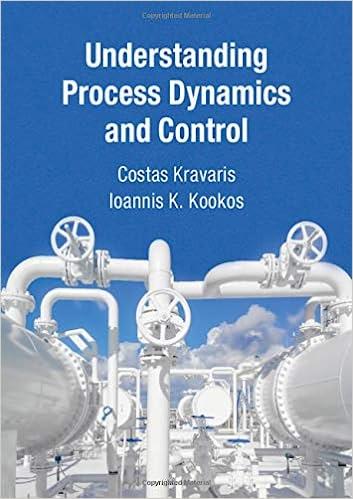Answered step by step
Verified Expert Solution
Question
1 Approved Answer
Given data Ut= 0.7 m/s and D= 0.3m NB.- PLEASE DONT WRITE NONSENSE OTHERWISE I WILL DISLIKE THE ANSWER 1. Discuss qualitatively how the terminal

Given data Ut= 0.7 m/s and D= 0.3m
NB.- PLEASE DONT WRITE NONSENSE OTHERWISE I WILL DISLIKE THE ANSWER
1. Discuss qualitatively how the terminal velocity would change if water had been replaced by glycerine in this slurry and briefly rationale your answer.
2. Calculate how much time it will take for particles to settle in a 12-meter high settling tank. 3. Calculate the slip velocity of the particles with respect to the fluid and briefly explain the meaning of this velocity.
A slurry made from hollow cylinder-shaped particles in water is required to be separated in a settling tank. In order to use the common equations describing slurries, we very often 'simulate' the non-regular shaped particles with equivalent spheres. The temperature of the slurry is 20C, and the volume of water is 32m3. The slurry contains the abovementioned equivalent spheres with a diameter of 225m. The volume of all particles in the slurry is 18m3. To be able to proceed with the design of a settling tank for the separation of the solids from the water you need to preliminary estimate the settling velocity of particles of the slurry. The terminal velocity of the particles (Ut) and tank diameter (D) are given in table 1 based on the Student Number. Assumptions: - The equivalent spheres have a uniform size. - The physical properties of water (density and dynamic viscosity) must be obtained from the literature/ online databases at the process temperature
Step by Step Solution
There are 3 Steps involved in it
Step: 1

Get Instant Access to Expert-Tailored Solutions
See step-by-step solutions with expert insights and AI powered tools for academic success
Step: 2

Step: 3

Ace Your Homework with AI
Get the answers you need in no time with our AI-driven, step-by-step assistance
Get Started


